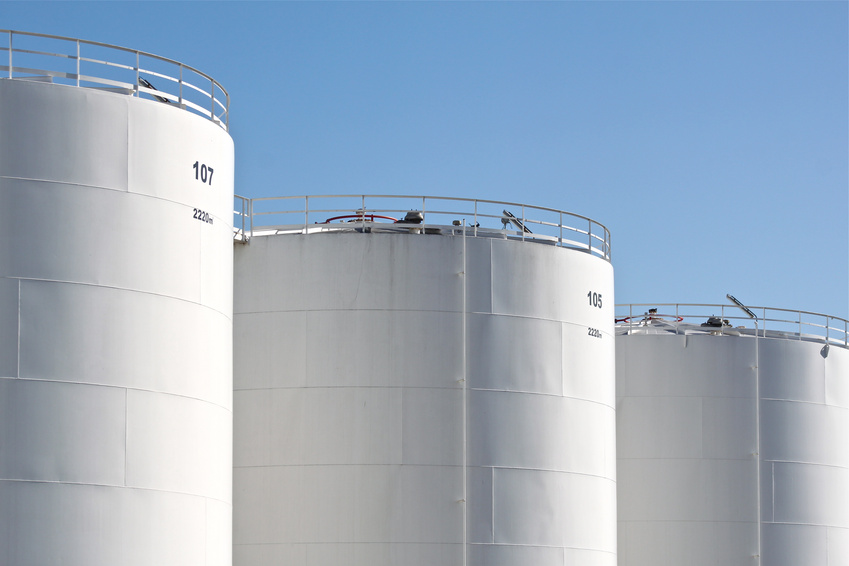
Above ground storage tank (AST) units are some of the most important components of industries across the United States. Manufacturing, petroleum, farming, sanitation, and water industries are just some of the businesses that use AST units for storage. Above ground storage tanks are invaluable for storing liquids such as oil, industrial chemicals, water, fertilizer, and other materials frequently used for industry.
Because AST units are so important, they are strictly regulated by government bodies and industry regulatory agencies. The American Petroleum Institute (API), for example, lays out specific guidelines and codes for the construction, use, maintenance, and inspection of AST units. Above ground storage tank inspections, for example, are regulated by API 653. If a tank fails inspection, API 653 tank reconstruction is something that must follow. The inspection and regulations of these tanks can be considered a business in themselves.
What are some of the stipulations of API? Though API 653 deals with inspections, API 650 has a meatier set of guidelines for the construction and use of AST units. All AST units, for example, must be built with a secondary containment area capable of holding the entirety of the tank’s contents in case of leaks, spills, or contaminations. This secondary area must also feature a 10% capacity for precipitation (if exposed to it).
In addition, the secondary area is subject to a weekly inspection if it’s made from impermeable materials such as concrete or synthetic liner. Areas made from other materials must be checked every three days. The tanks themselves, if greater than 1,100 gallons in capacity, must be built with corrosion protection for the tank’s floor. These tanks must also be built in compliance with the Weld Procedure Specifications (WPS) and the Procedure Qualification Records (PQR).
There are many other stipulations of API 650 and 653. They can get quite sophisticated. For more information about them, including information on API 653 tank reconstruction, feel free to leave a comment or question at the bottom.